
The Allmannajuvet Mining Museum in Norwegian Sauda by Peter Zumthor
Norway is a country that prides itself on its natural beauty, which it shares with visitors through a network of hiking trails adorned with small architectural gems such as viewing platforms, roadside rest areas, or public toilets.
Currently, a small mining museum has been completed in southern Norway near the port town of Sauda, commemorating a short period (1882-98) when miners extracted zinc ore from the Allmannajuvet mountain under inhumane conditions. From the thousand-meter underground tunnels, stones were brought to the surface through narrow openings and transported by horse through gorges to the fjords, from where they were then shipped to England. Over sixteen years, more than 12,000 tons of zinc ore were extracted here.
The Allmannajuvet Mining Museum was designed by Swiss architect Peter Zumthor, whose concept consists of three buildings: a museum with exhibition space, a café, and a toilet. The tar-impregnated wooden houses, in both color and construction, reflect the challenging times. The elevated structures are positioned on high wooden legs on the rocky terrain, and the interior walls are covered with jute secured with acrylic. To level the parking areas, new stone retaining walls up to 18 meters high had to be constructed.
Although the wooden structure and connections of the individual elements appear very simple, dozens of variations were created, and the project has been detailed down to specifics such as the menu in the café, museum installations, or book publications.
More information >
Currently, a small mining museum has been completed in southern Norway near the port town of Sauda, commemorating a short period (1882-98) when miners extracted zinc ore from the Allmannajuvet mountain under inhumane conditions. From the thousand-meter underground tunnels, stones were brought to the surface through narrow openings and transported by horse through gorges to the fjords, from where they were then shipped to England. Over sixteen years, more than 12,000 tons of zinc ore were extracted here.
The Allmannajuvet Mining Museum was designed by Swiss architect Peter Zumthor, whose concept consists of three buildings: a museum with exhibition space, a café, and a toilet. The tar-impregnated wooden houses, in both color and construction, reflect the challenging times. The elevated structures are positioned on high wooden legs on the rocky terrain, and the interior walls are covered with jute secured with acrylic. To level the parking areas, new stone retaining walls up to 18 meters high had to be constructed.
Although the wooden structure and connections of the individual elements appear very simple, dozens of variations were created, and the project has been detailed down to specifics such as the menu in the café, museum installations, or book publications.
More information >
The English translation is powered by AI tool. Switch to Czech to view the original text source.
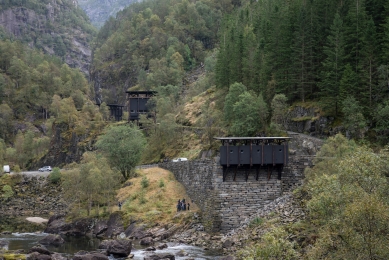
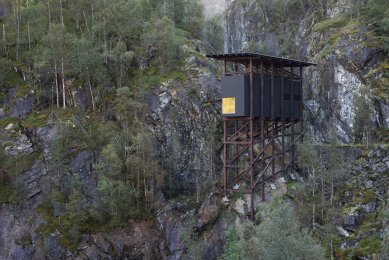
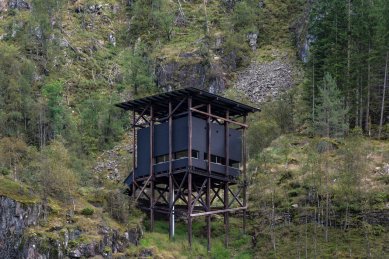

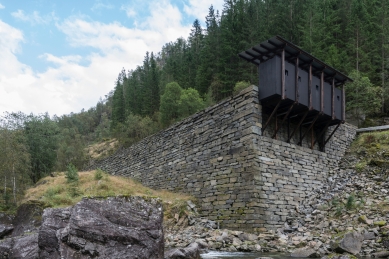
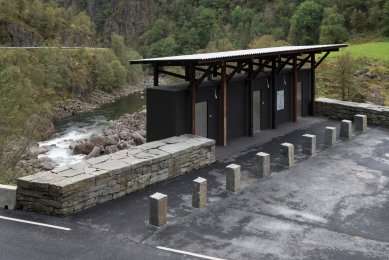
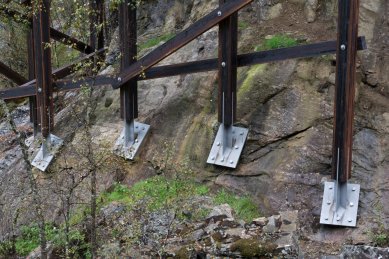
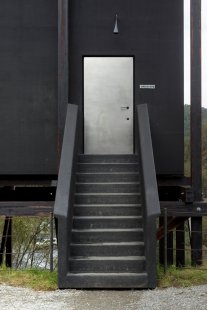
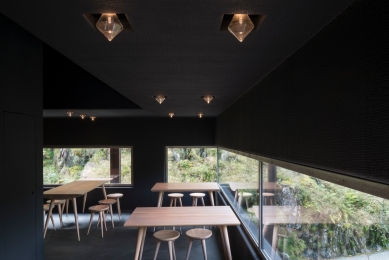
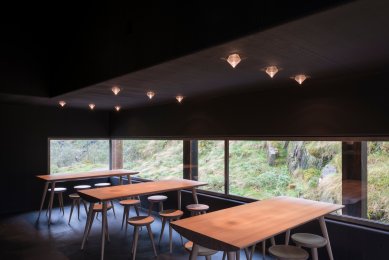

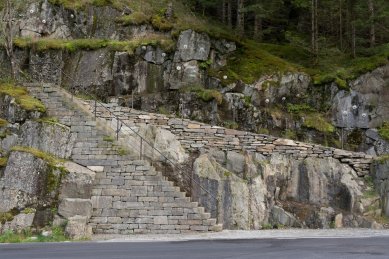

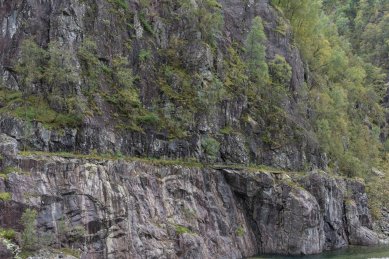

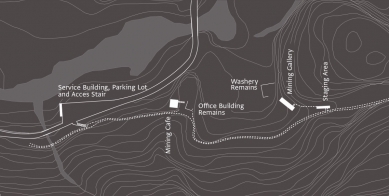
0 comments
add comment










